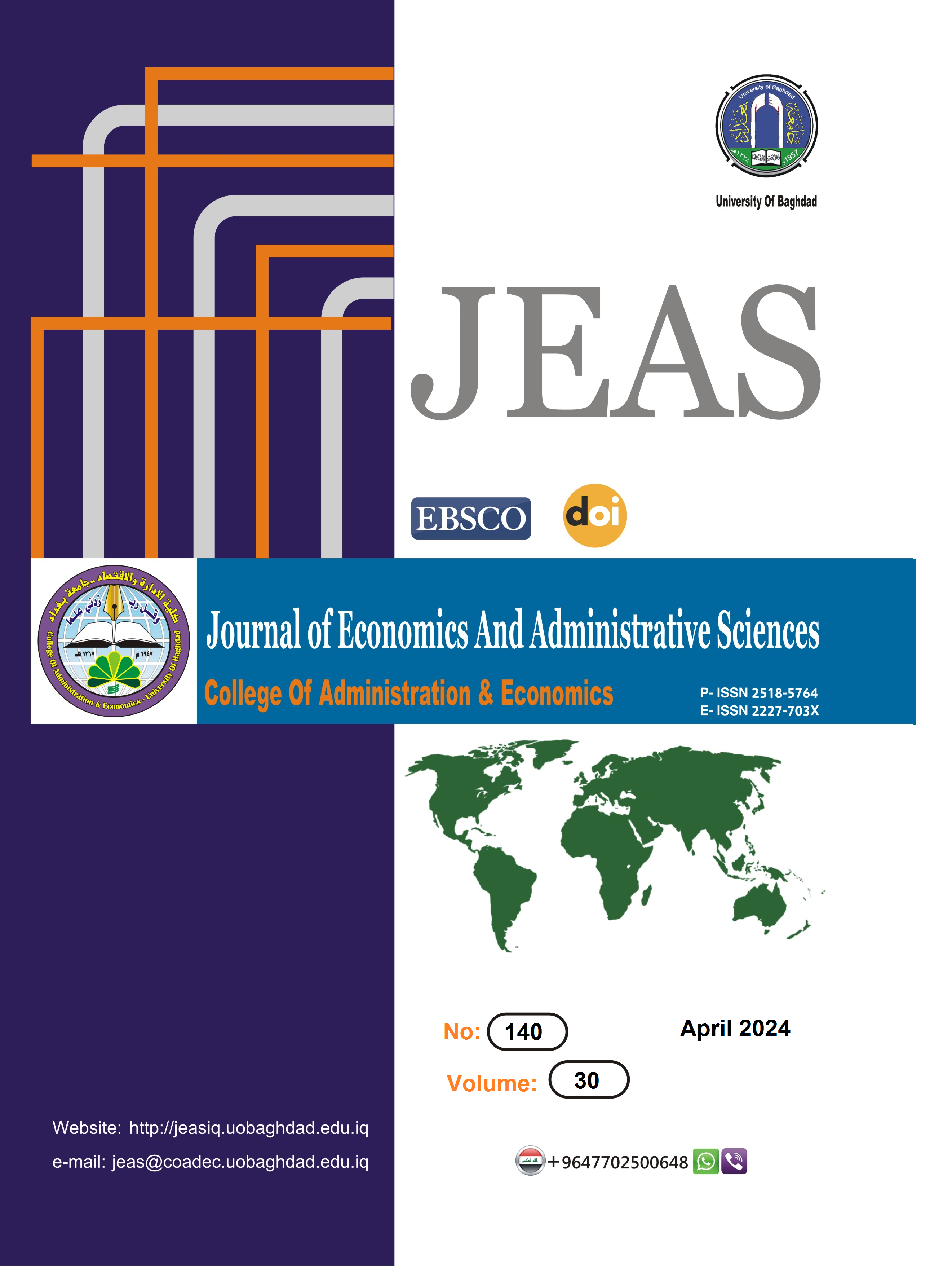Abstract
This research advances the financial vulnerability prediction model for Non-Profit Organizations (NPOs) by incorporating a comprehensive set of financial and macroeconomic indicators, aiming to refine risk management and strategic planning within the sector.
Theoretical Framework: Building upon Tuckman and Chang (1991) foundational work, this study addresses the evolving financial landscape's complexities. It expands on traditional financial ratio analyses to include broader economic conditions affecting NPOs, recognizing the limitations of previous literature.
Design/Methodology/Approach: The study analyzes financial data from two NPOs (2017-2021), using three models to assess the influence of internal financial ratios (e.g., Debt Ratio, Cash Ratio, Net Operating Margin) and external macroeconomic factors (e.g., inflation, GDP growth) on NPO financial vulnerability and performance.
Findings: Results highlight a significant positive relationship between the Cash Ratio and Return on Assets, underscoring liquidity management’s importance for NPO sustainability. Other factors showed minimal impact, suggesting a nuanced approach to financial vulnerability.
Research Implications: The findings emphasize the necessity of integrating financial ratios with macroeconomic indicators in NPO management strategies, offering a refined model for understanding and mitigating financial risk.
Originality/Value: This study enhances the financial management literature for NPOs by incorporating macroeconomic indicators into vulnerability assessment models. It provides a comprehensive framework for robust financial planning, filling a crucial gap in non-profit financial analysis and contributing to the sector’s resilience.
Theoretical Framework: Building upon Tuckman and Chang (1991) foundational work, this study addresses the evolving financial landscape's complexities. It expands on traditional financial ratio analyses to include broader economic conditions affecting NPOs, recognizing the limitations of previous literature.
Design/Methodology/Approach: The study analyzes financial data from two NPOs (2017-2021), using three models to assess the influence of internal financial ratios (e.g., Debt Ratio, Cash Ratio, Net Operating Margin) and external macroeconomic factors (e.g., inflation, GDP growth) on NPO financial vulnerability and performance.
Findings: Results highlight a significant positive relationship between the Cash Ratio and Return on Assets, underscoring liquidity management’s importance for NPO sustainability. Other factors showed minimal impact, suggesting a nuanced approach to financial vulnerability.
Research Implications: The findings emphasize the necessity of integrating financial ratios with macroeconomic indicators in NPO management strategies, offering a refined model for understanding and mitigating financial risk.
Originality/Value: This study enhances the financial management literature for NPOs by incorporating macroeconomic indicators into vulnerability assessment models. It provides a comprehensive framework for robust financial planning, filling a crucial gap in non-profit financial analysis and contributing to the sector’s resilience.
Keywords
Financial Vulnerability
Non-Profit Financial
Abstract
This research advances the financial vulnerability prediction model for Non-Profit Organizations (NPOs) by incorporating a comprehensive set of financial and macroeconomic indicators, aiming to refine risk management and strategic planning within the sector.
Theoretical Framework: Building upon Tuckman and Chang (1991) foundational work, this study addresses the evolving financial landscape's complexities. It expands on traditional financial ratio analyses to include broader economic conditions affecting NPOs, recognizing the limitations of previous literature.
Design/Methodology/Approach: The study analyzes financial data from two NPOs (2017-2021), using three models to assess the influence of internal financial ratios (e.g., Debt Ratio, Cash Ratio, Net Operating Margin) and external macroeconomic factors (e.g., inflation, GDP growth) on NPO financial vulnerability and performance.
Findings: Results highlight a significant positive relationship between the Cash Ratio and Return on Assets, underscoring liquidity management’s importance for NPO sustainability. Other factors showed minimal impact, suggesting a nuanced approach to financial vulnerability.
Research Implications: The findings emphasize the necessity of integrating financial ratios with macroeconomic indicators in NPO management strategies, offering a refined model for understanding and mitigating financial risk.
Originality/Value: This study enhances the financial management literature for NPOs by incorporating macroeconomic indicators into vulnerability assessment models. It provides a comprehensive framework for robust financial planning, filling a crucial gap in non-profit financial analysis and contributing to the sector’s resilience.
Theoretical Framework: Building upon Tuckman and Chang (1991) foundational work, this study addresses the evolving financial landscape's complexities. It expands on traditional financial ratio analyses to include broader economic conditions affecting NPOs, recognizing the limitations of previous literature.
Design/Methodology/Approach: The study analyzes financial data from two NPOs (2017-2021), using three models to assess the influence of internal financial ratios (e.g., Debt Ratio, Cash Ratio, Net Operating Margin) and external macroeconomic factors (e.g., inflation, GDP growth) on NPO financial vulnerability and performance.
Findings: Results highlight a significant positive relationship between the Cash Ratio and Return on Assets, underscoring liquidity management’s importance for NPO sustainability. Other factors showed minimal impact, suggesting a nuanced approach to financial vulnerability.
Research Implications: The findings emphasize the necessity of integrating financial ratios with macroeconomic indicators in NPO management strategies, offering a refined model for understanding and mitigating financial risk.
Originality/Value: This study enhances the financial management literature for NPOs by incorporating macroeconomic indicators into vulnerability assessment models. It provides a comprehensive framework for robust financial planning, filling a crucial gap in non-profit financial analysis and contributing to the sector’s resilience.
Keywords
Financial Vulnerability
Non-Profit Financial
